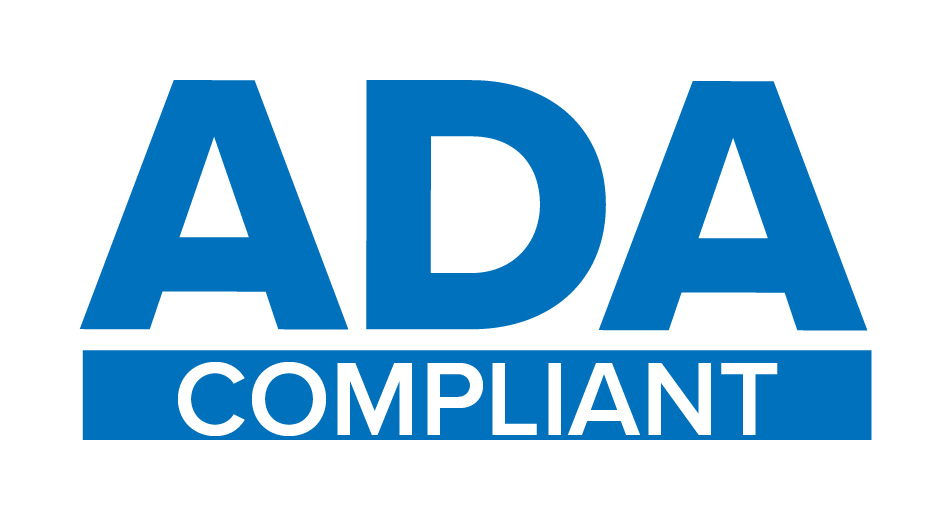A: Main, Main, News
January 2, 2025
From birds to deer to hogs to kangaroos, 2024 was eventful for city’s animal control
When talk turns to animals — ducks, geese, hogs, deer, skunks, snakes and even kangaroos, in addition to dogs and cats — names like Jack Hanna or Steve Irwin or Marlon Perkins may come to mind.

